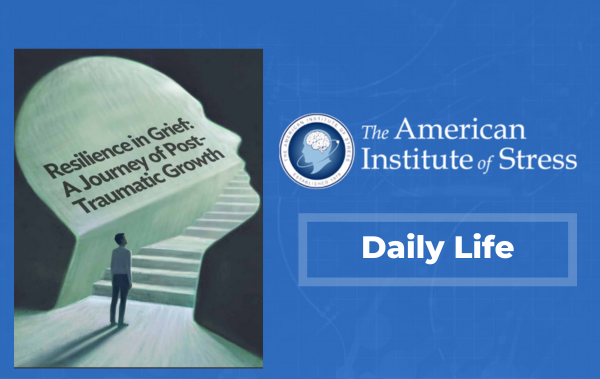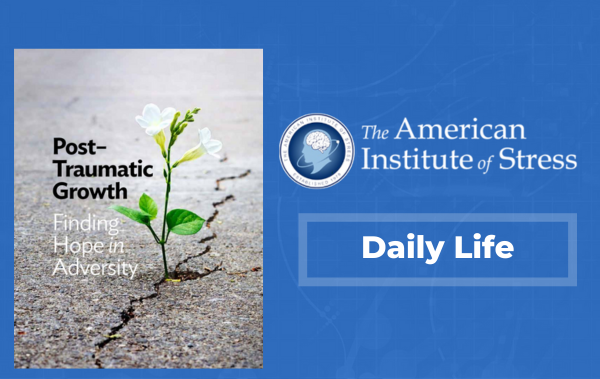When pressure becomes pain.
by Dr. Heidi Hanna
In beautiful irony, trying to define stress can be quite stressful. After all, even the godfather of stress himself Hans Selye pointed out that “in addition to being itself, stress is also the cause of itself and the result of itself”. In the story of his life, Selye frequently states that “everyone knows what stress is but nobody really knows.” So if we can’t define it, how will we ever measure it or manage it?
Here in lies the stress predicament. Most people feel stress all the time, and unable to determine the root cause sweep the sensation under the rug like a hot mess. Or pass it along to someone else like a hot potato. Which reminds me of a favorite stress-shift strategy I learned from my dear friend Srini Pillay, author of the new book Tinker, Dabble, Doodle, Try: Harness the Power of the Unfocused Mind. His suggestion when all else fails — drop it like it’s hot. Just don’t allow yourself to go there. Which works, for a while. But what about when the mess gets too messy or we’re unable to pass it along or just drop it off?
While we may not yet agree on a standard definition of stress, experts do agree that stress can manifest in three basic ways — tame, tolerable or toxic. Tame stress is the type we don’t even notice. Like getting out of bed in the morning. OK, somedays it feels toxic, but for most people on most days getting up in the morning is just something we do without much thought. But to the brain and body, it’s an effort that requires a series of adjustments and adaptations. Bruce McEwen calls this allostasis — the active process of putting out hormones and mediators that help us adapt to maintain homeostasis, or balance.
Then there is stress that’s noticeable, perhaps uncomfortable, but tolerable. Usually we don’t have full control over what’s happening, but we have the resources needed to adjust with minimal effort. A minor change in reporting structure at work, moving into a new home, even taking a vacation. Whether the input is negative or positive, change requires some adjustment and if we have the resources we need and an element of control over our circumstances we can even grow from what initially feels like a disappointment or downer.
But toxic stress is no joke. And oddly enough, even things that seem to be positive can cause toxic stress if we’re not feeling up to make the effort required. If we’re not eating well, exercising too little or not enough, not able to get adequate sleep or take enough breaks during the day, our system gets fatigued and even small irritations can feel like torture. When seemingly small stressors like not having enough time to get it all done turn into an everyday routine of racing against the clock, our ability to adapt is compromised and we start to break down and burn out.

So how do you know when pressure is starting to turn into pain?
Most people aren’t aware of the damage being done by chronic, toxic stress until something serious happens, but the signs are usually there long before. It’s important to get to know your unique relationship with stress to determine how it manifests in your life. Common signs include headaches, brain fog, fatigue, restlessness, irritability, appetite changes, worry or depression. When we ignore our body’s cues of overload to push through another day, it’s like borrowing money with a high interest rate. You can keep going, but at some point you will need to pay the piper.
You can find out more about your unique relationship with stress by taking a stress assessment.
Just because everyone is stressed out these days doesn’t mean you have to suffer as well. In fact, we can do everyone else a favor by taking responsibility for the energy we bring to the time and space that we’re in. Stress and feeling stressed out are highly contagious, so by taking time to recharge regularly we can have calm energy that helps others around us calm down too.
“Stress is like a rocking chair. It gives us something to do but gets us nowhere.” — Erma Bombeck






